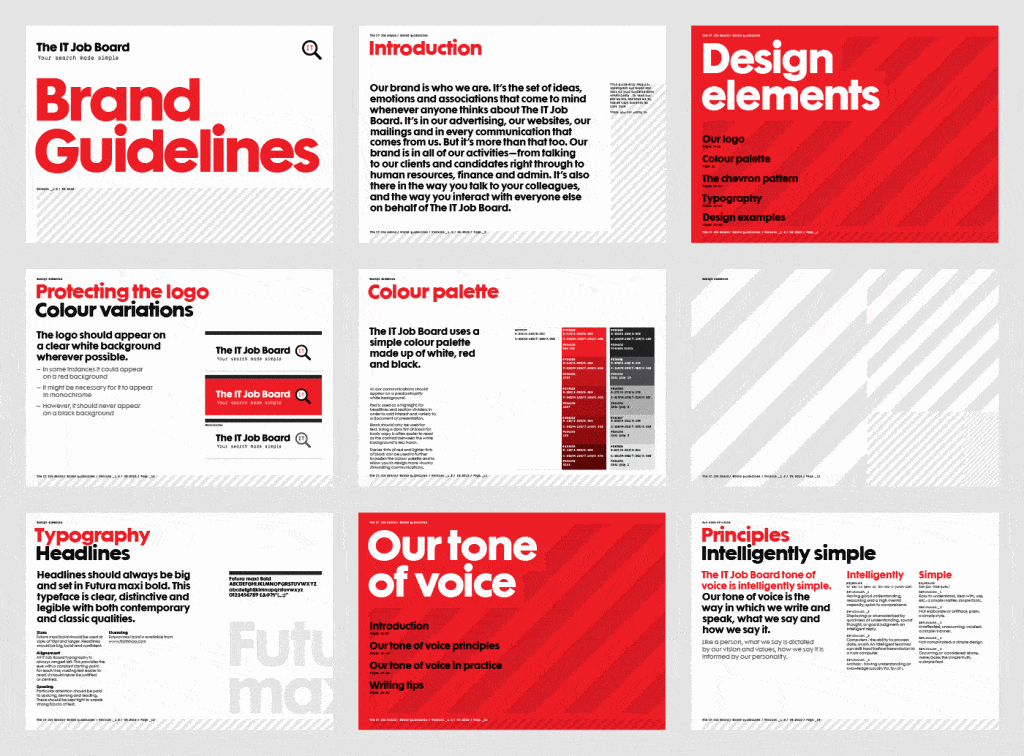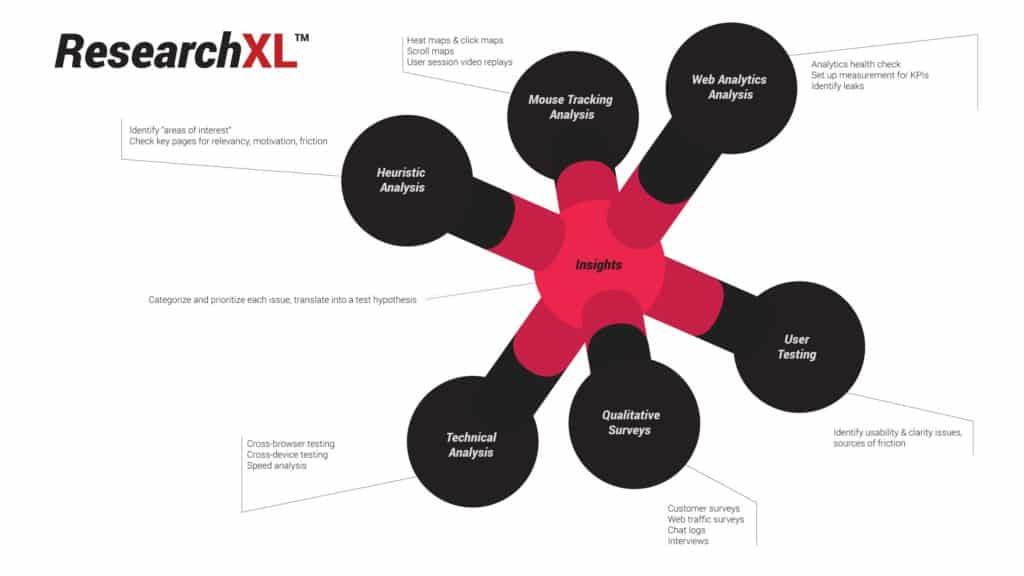“We can’t implement this – it’s not in line with our brand guidelines!”
Seem familiar? It’s one of the ultimate fight-to-the-death moments in marketing. Do you prioritise branding, or do you prioritise usability and conversions? Well, that depends on who you’re asking and what their role is.
Digital Marketers and E-Commerce Managers tend to focus on a website’s usability, whereas Brand Managers are tasked with protecting the look and feel of the brand and, by extension, the website. It’s only natural for these functions to be at odds with each other from time to time.
My career has spanned various marketing roles on either side of the fence, which has left me duelling with this issue more times than I care to count. However, at my core I’m a digital marketer and conversion specialist, so I’ve decided to write a post about my experience in the hope of saving others from the unnecessary frustration.
Deciding between branding and conversion is one of those “heart says yes, head says no” situations. I’ve been in positions where my passion for the brand has stopped me from proceeding with usability strategies. It seems counter-intuitive, but branding isn’t about just making things look pretty – it’s about making things look on-brand, and that’s a critical difference when considering what to prioritise.

Branding 101
A true marketer understands the importance of branding to a business and why it needs to be conveyed consistently across all marketing elements. That’s how awareness and recognition are developed amongst consumers.
Branding enables marketers to place a brand in a consumer’s “evoked set” – a predetermined group of favourable companies from which they will ultimately purchase. Unsurprisingly, being included in a consumer’s evoked set in a rigorously competitive marketplace is a long-term game where persistence and consistency will determine the victor.

When I talk about consistency, I’m referring to the communication of a brand’s mantra, core values and brand personality. Or even at an execution level, consistency can refer to the use of a brand’s logo, colours, font, spacing and colour palette. Hence the importance of strictly following brand guidelines – it holds the key to the brands heart and soul, making it the principle that marketers are most unlikely to compromise without good reason.
So what qualifies as a good reason? Data.
The Customer Is King
If you’ve ever come across articles about conversion best practices, we ask that you please take them with a grain of salt. There are no absolute conversion truths. The thing about “best practices” is that they only work most of the time – not all of the time. Every industry is unique, as are the companies that operate within them, as are the consumers who purchase from them. Trying to optimise your website based purely on best practices is like betting on a horse because it won its last race – it counts for nothing when you completely change the playing field.
So here are a few truths worth remembering:
- Companies build websites to generate business.
Whether it’s directly or indirectly is irrelevant – websites exist to drive sales. - Companies build websites for consumers, not for themselves.
If you’re building a website with anyone other than your consumer in mind, you’re destined for failure.
The second truth is particularly important, because it’s the answer to this entire dilemma… Why not ask the customers what they think? At Yoghurt Digital, one of our core values is ‘Data Over Opinions’. We believe that guesswork has no place in strategy, and data always trumps opinion. Why are brands blindly protecting their brand guidelines when they could (and should) ask their customers for their preference and allow themselves to be partially moulded by those who purchase from them?

Conversion Optimisation is the structured, scientific process of conducting qualitative and quantitative user behaviour research and using the insights to convert passive website visitors into paying customers. Insights from each research method (pictured above) are like pieces of a puzzle coming together to build hypotheses for testing. By testing, we can determine what does and doesn’t work, and thus what consumers do and don’t want. That’s how a clear implementation roadmap is developed.
If research and testing shows that following the brand guidelines can still deliver a conversion increase at a minimum 95% confidence level, I wouldn’t hesitate to implement it. By the same token, if the research and testing shows that following the brand guidelines will be highly detrimental to the overall user experience, then it might be time to listen to the data and have an internal discussion around how the brand guidelines can be amended to put the customer first.
Don’t let branding barriers stop you if consumers are clearly telling you otherwise.
The Verdict
The trade-off between branding and conversion is usually a tough call. Every company has different business goals, and conversions might not be everything a business is looking for. If you have a brochure website, then your usability concerns are far less critical than an e-commerce website, so perhaps branding can take a more prominent role. If you’re an e-commerce brand, then your website exists to drive revenue, so usability should be a priority. Understanding your short and long-term marketing goals will allow you to make a more effective decision.
It’s important to remember that marketing is highly customer-centric and evolves over time as consumer habits change. The world as we know it is rapidly (and constantly) shifting and branding needs to be continuously tweaked to shift with it – it isn’t exempt from the laws of nature, and change is inevitable. Being able to do so rapidly is an asset.
When I’m optimising my clients for conversion, there are times when my recommendations don’t fit in with the brand guidelines, but I’m completely confident in recommending them. Why? The data was irrefutable. Listen to the data, because it’s your wake-up call to update the brand guidelines to reflect your customer base.
In many ways, optimising for conversions can complement the branding process by providing valuable inputs that create a stronger connection between your brand and the end-user. And at the end of the day, isn’t that why us marketers bother doing anything at all?